On March 26, 2024, a horrific accident occurred when a colossal cargo ship collided with the Francis Scott Key Bridge in Baltimore, Maryland.
Since the incident, the company that owns the ship, Grace Ocean, has been working tirelessly to try to find a way to get out of paying the fine, likely to be hundreds of millions of dollars, that is headed their way. And thanks to a century-old law, they may have actually done it.
The Horrible Accident at Baltimore’s Francis Scott Key Bridge
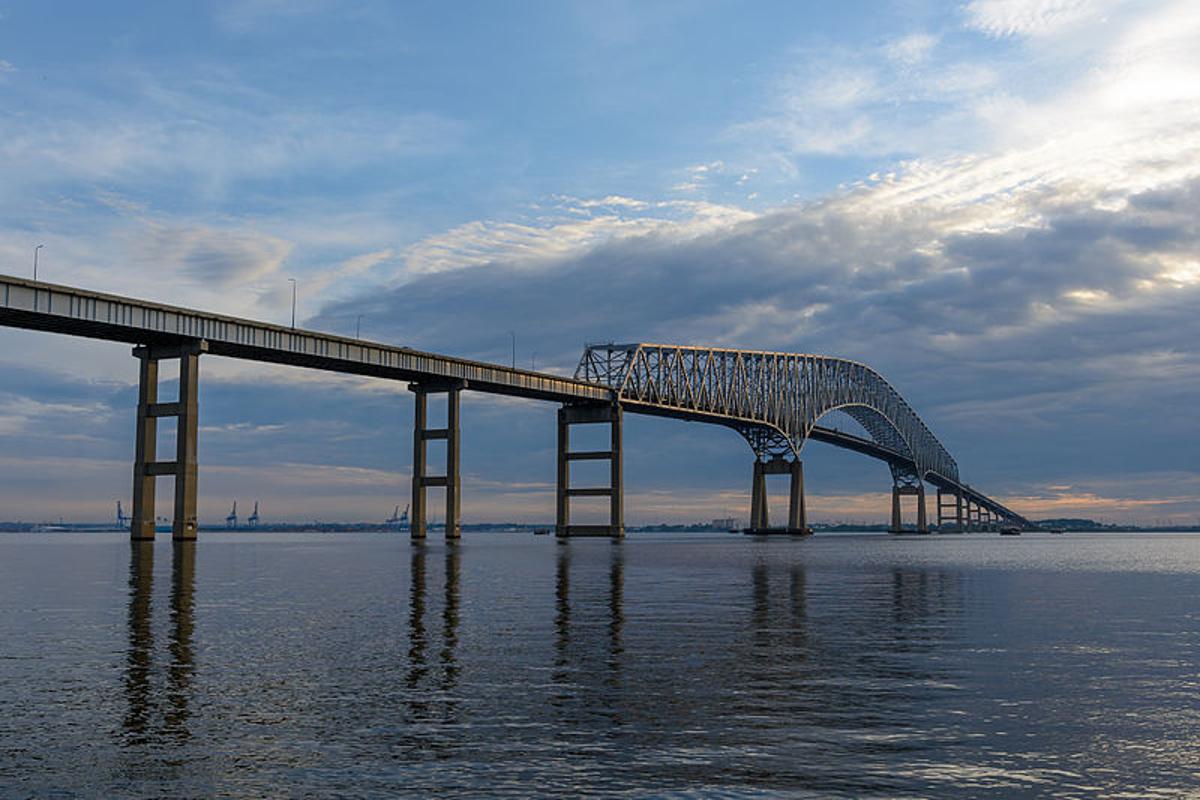
The Francis Scott Key Bridge in Baltimore spans the length of the Patapsco River leading to and from the Baltimore Harbor. Every day passengers in their vehicles pass along the bridge while giant ships carrying all kinds of goods flow through below.
But on March 26, 2024 at 1:30, tragedy struck as an enormous cargo ship called the Dali smashed into the bridge, collapsing it completely and killing at least two people.
Several Decisions Made Directly Before the Crash May Have Saved Hundreds of Lives
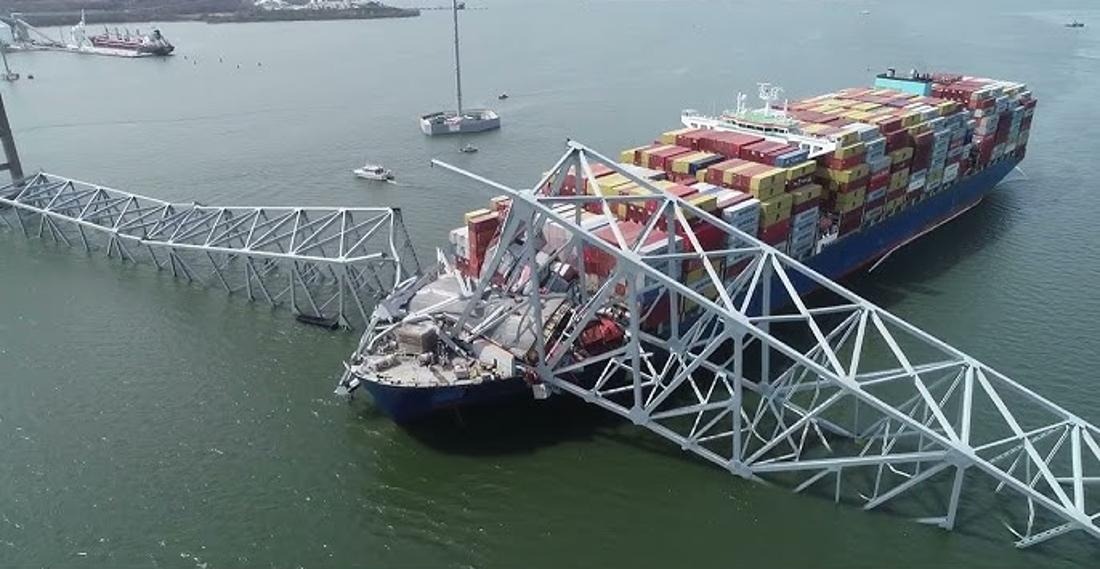
As of March 27, local authorities have confirmed the death of two construction workers who were on the bridge fixing a pothole when the ship crashed. They currently believe the accident took the lives of four more of the workers, but they are still searching for the bodies.
Although each of these deaths has brought extreme sadness to their families and the people of Baltimore, they are also grateful that hundreds more weren’t harmed. Fortunately, just before the crash, the captain of the ship was able to call the authorities to stop any traffic on the bridge immediately. This one call undoubtedly saved countless lives.
The Impact on Local Communities
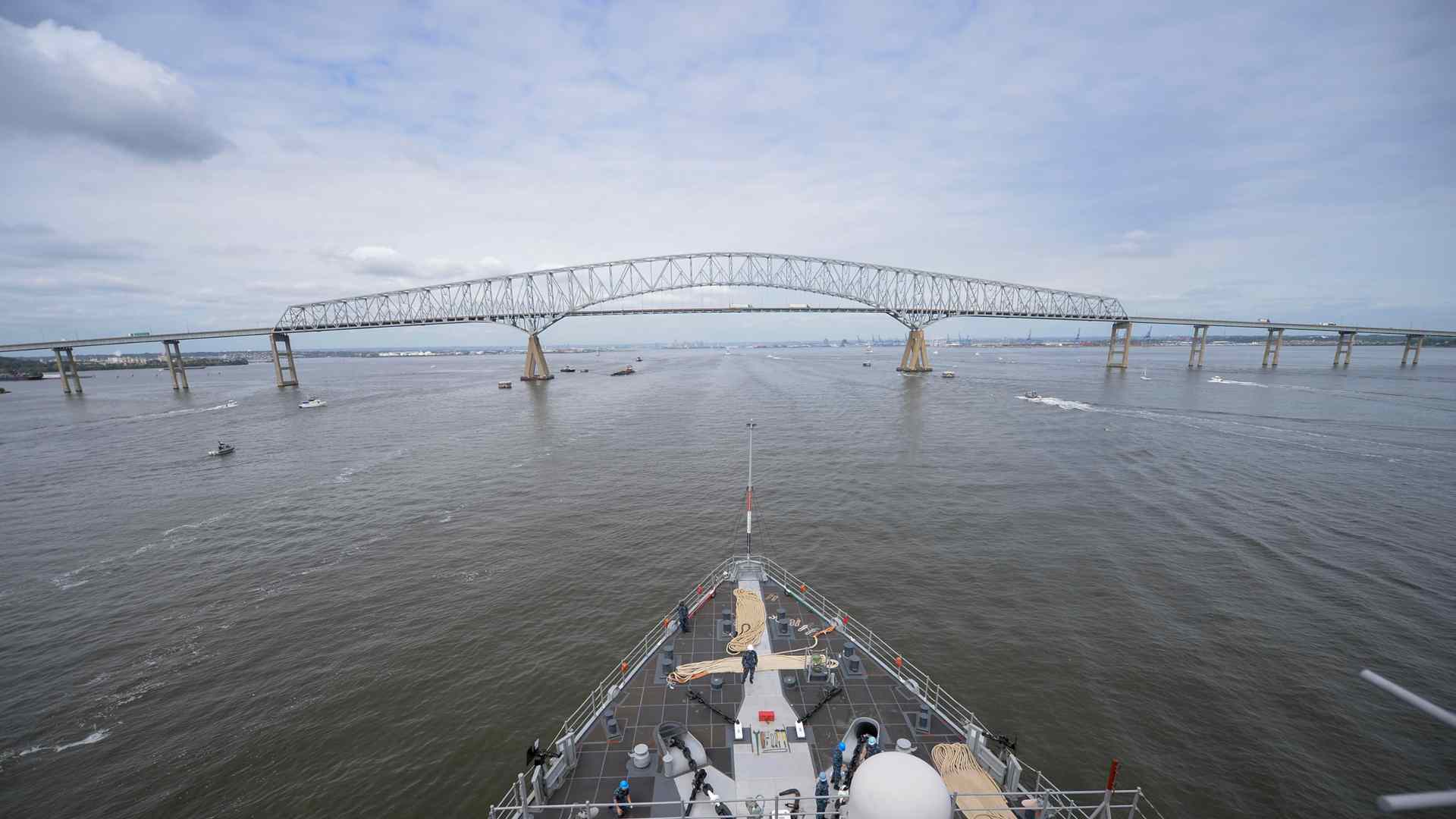
The destruction of the Francis Scott Key Bridge has not only disrupted daily commutes but also the lives of thousands in Baltimore.
As a critical artery, the bridge’s collapse has forced commuters to find longer alternate routes, significantly affecting local businesses and delaying emergency services. This logistical nightmare underscores the bridge’s vital role in the region’s economic and social fabric.
Environmental Concerns
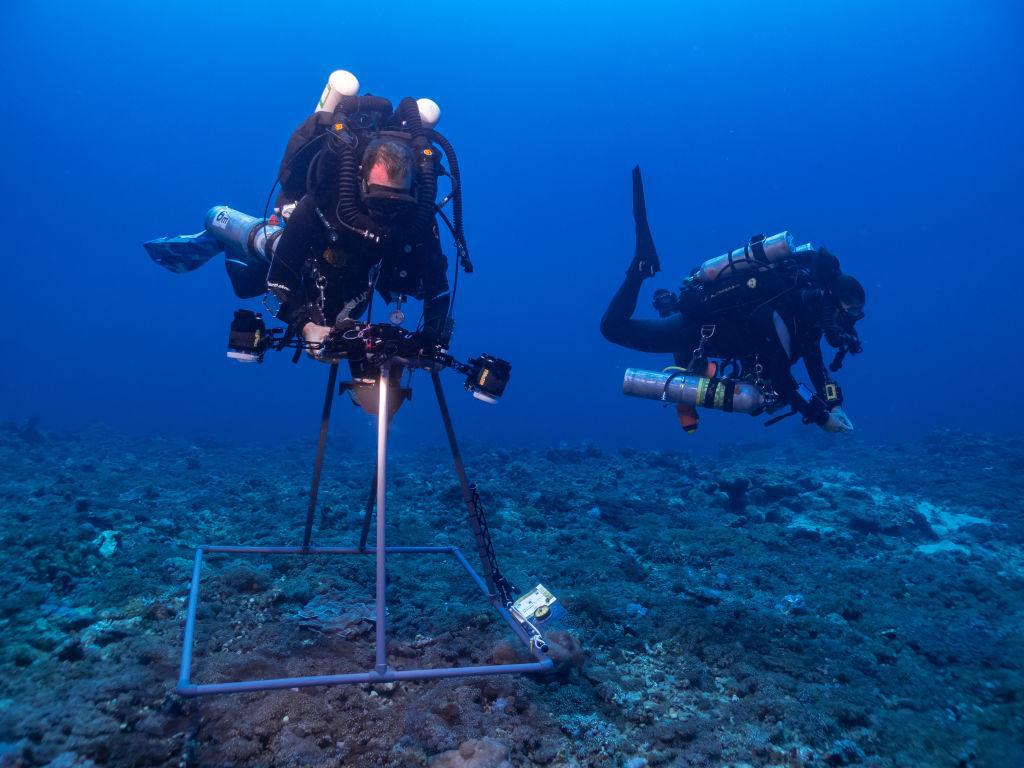
Environmental agencies are urgently assessing the potential ecological damage caused by the Baltimore bridge disaster (via the Baltimore Sun). The collision could have released hazardous materials from the ship into the Patapsco River, threatening local wildlife and water quality.
Immediate containment and clean-up efforts are crucial to prevent long-term environmental impact, highlighting the need for stringent maritime safety regulations.
Why Did the Ship Crash?
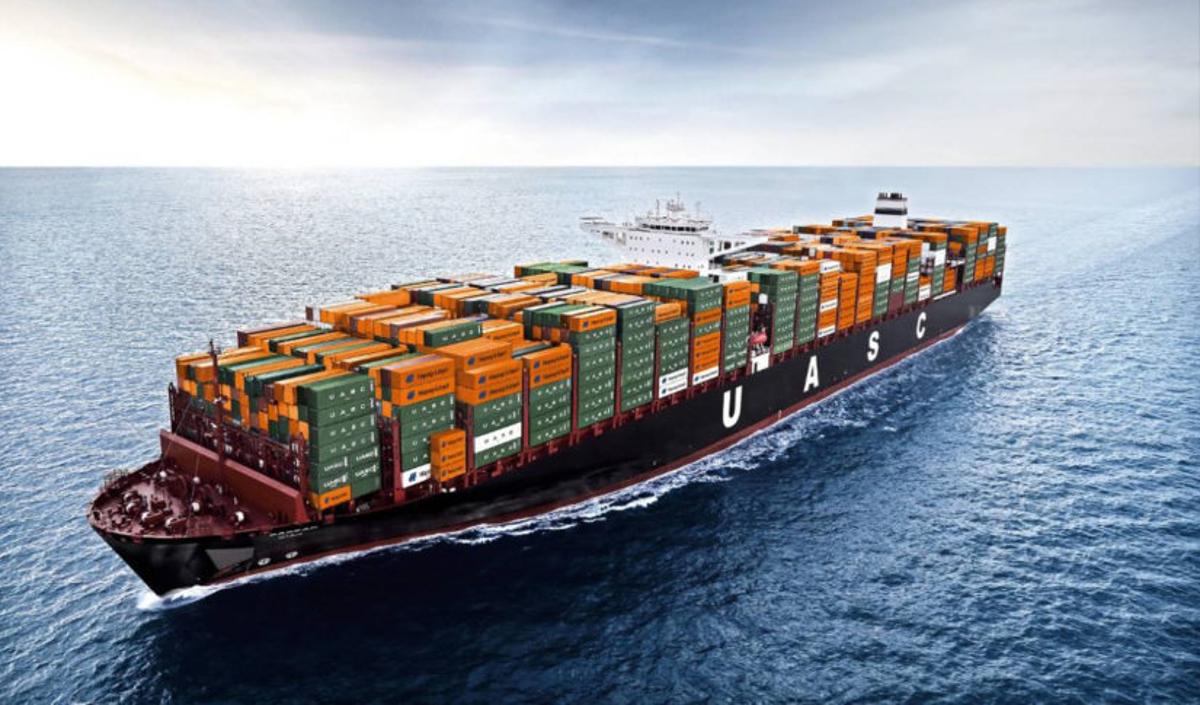
Just minutes after leaving the Port of Baltimore, the Dali, the Singapore-based cargo ship owned by Grace Ocean and operated by Synergy Energy lost power.
Alarms began chiming from the boat when the power went out, and the crew quickly tried to assess the issue and fix it. Sadly, they were unsuccessful, so they attempted to deploy the large anchor, but that didn’t work either.
The Role of the Captain and Crew
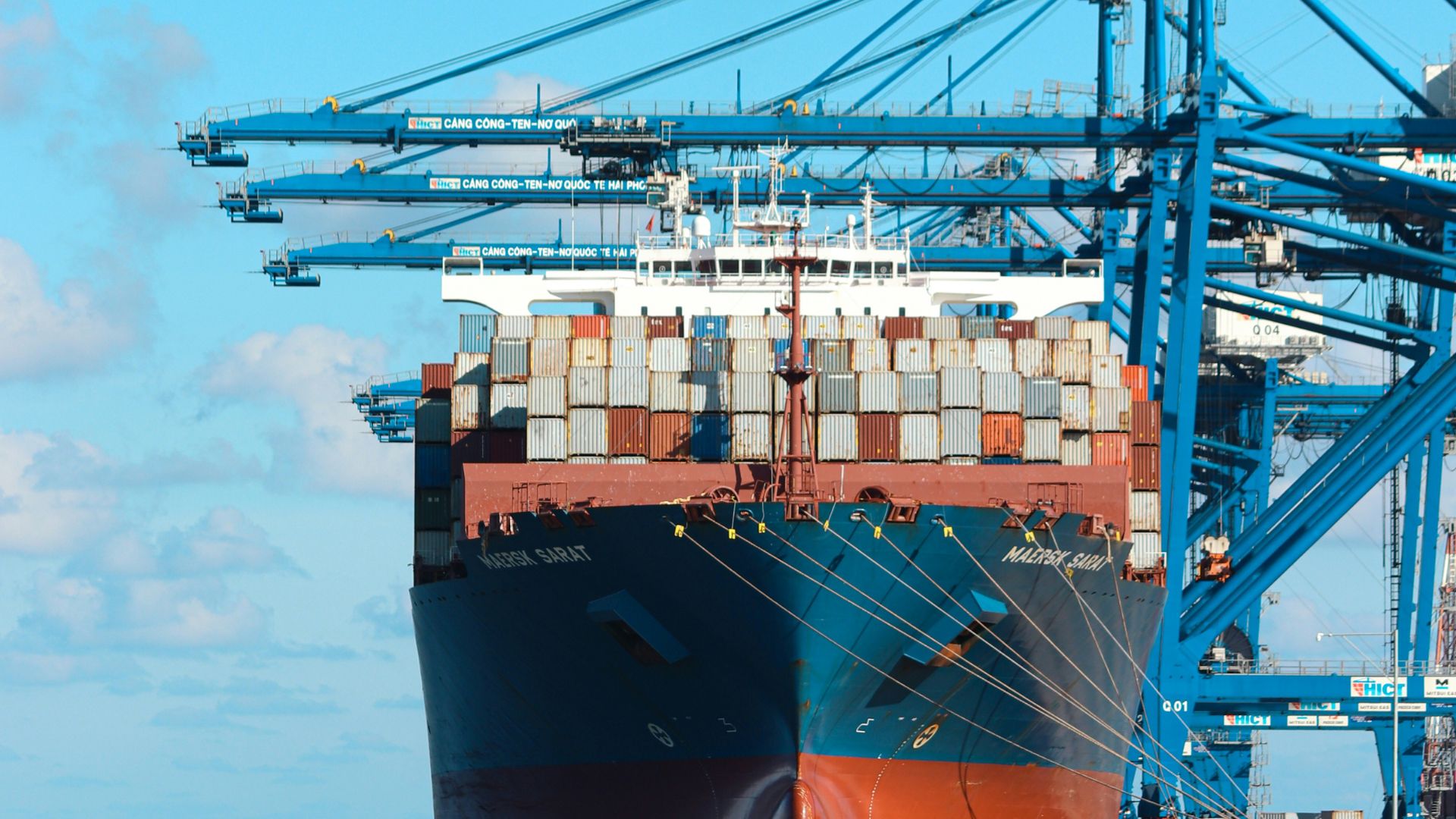
In the critical moments before the crash, the captain and crew of the Dali made desperate attempts to mitigate the disaster, according to Yahoo! News.
Despite losing power, they engaged in emergency protocols to stop the ship and protect the bridge.
Historical Precedents and Their Outcomes
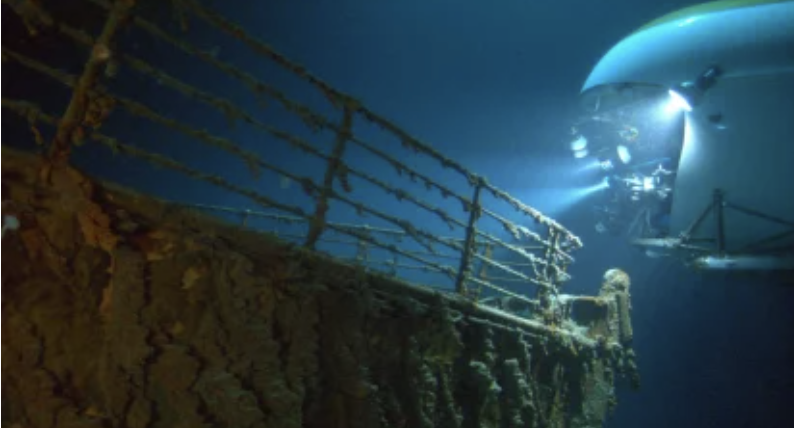
Historically, the Limitation of Liability Act has seen controversial use, such as during the Titanic disaster, where it significantly capped the compensations.
Analyzing these precedents provides insight into potential outcomes for the Dali incident, where similar legal arguments are being employed by Grace Ocean and Synergy Marine.
Stopping a Ship This Size Is Near Impossible
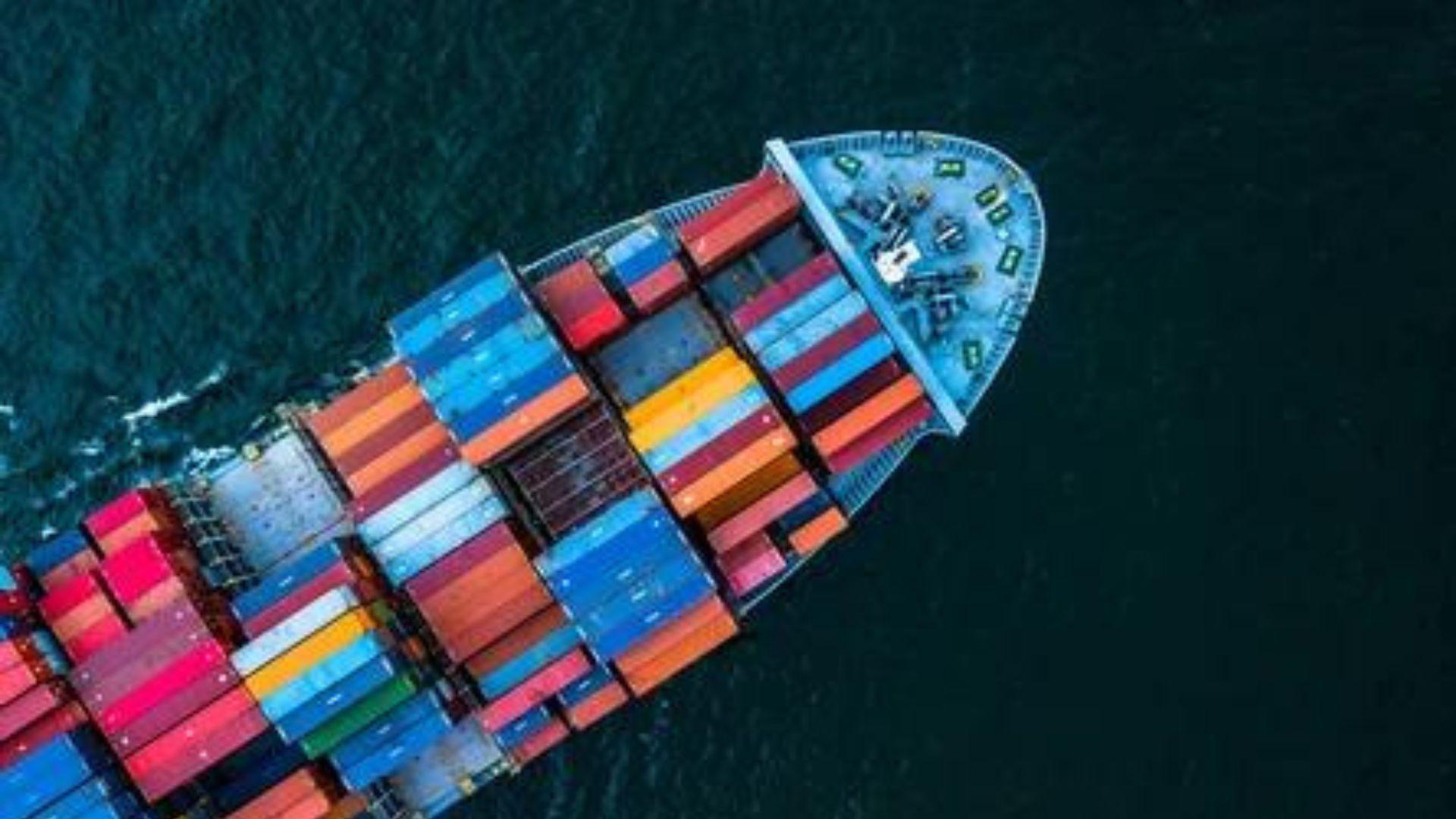
The 24-person crew of the Dali have reported that they tried absolutely everything to stop the giant ship without electricity, but it proved impossible. The Dali was enormous at almost 1,000 feet long (upright, that’s almost as long as the Eiffel Tower), and was carrying 4.700 containers.
As Captain Michael Burns, the executive director of the Massachusetts Maritime Academy explained, “It can take up to a mile for some of these ships to get stopped, depending on the circumstances, so we really need to think well out, miles ahead of the ship.”
Global Shipping and Safety Regulations
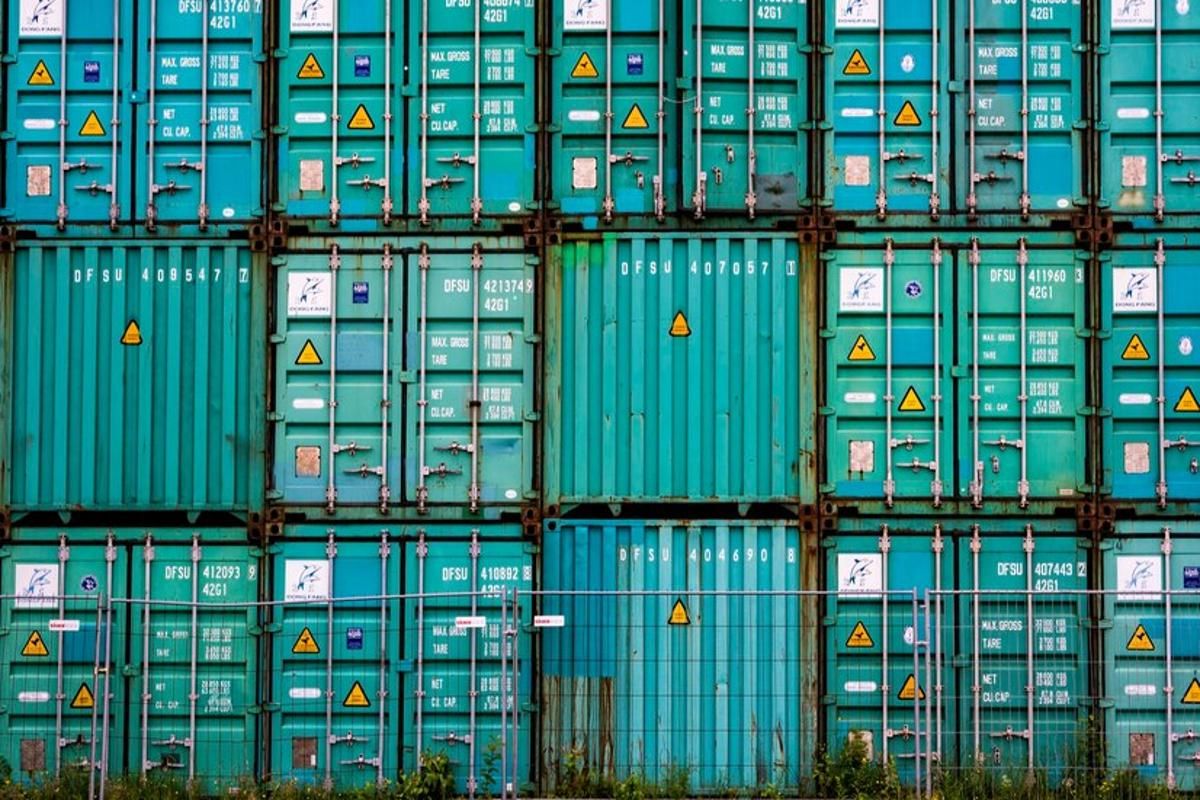
The Dali disaster could be a pivotal moment for global shipping regulations. It calls for an international reevaluation of safety standards and operational protocols to prevent similar future incidents.
Enhanced regulations could include stricter controls on vessel maintenance and more rigorous training for crew members.
An Investigation Is Already Underway

Of course, with any accident of this nature, an investigation needs to be completed right away. The various organizations involved in international shipping and cargo ship regulations are hard at work trying to figure out exactly what happened.
However, there is no doubt that, whether the fault lay with the crew or the mechanics of the boat itself, someone is going to owe an incredible amount of money for this colossal mistake, even with all the insurance in the world.
Public Response and Media Coverage

The public and media have been vocal in their response to the Baltimore bridge collapse, with widespread criticism directed at the maritime industry’s safety standards, even predating the recent disaster (via LinkedIn).
Social media platforms have amplified community voices, calling for accountability and reforms to prevent such disasters. This coverage has played a critical role in shaping the narrative and urging legislative action.
Billions of Dollars of Claims Make the Dali Accident One of the Most Significant of All Time
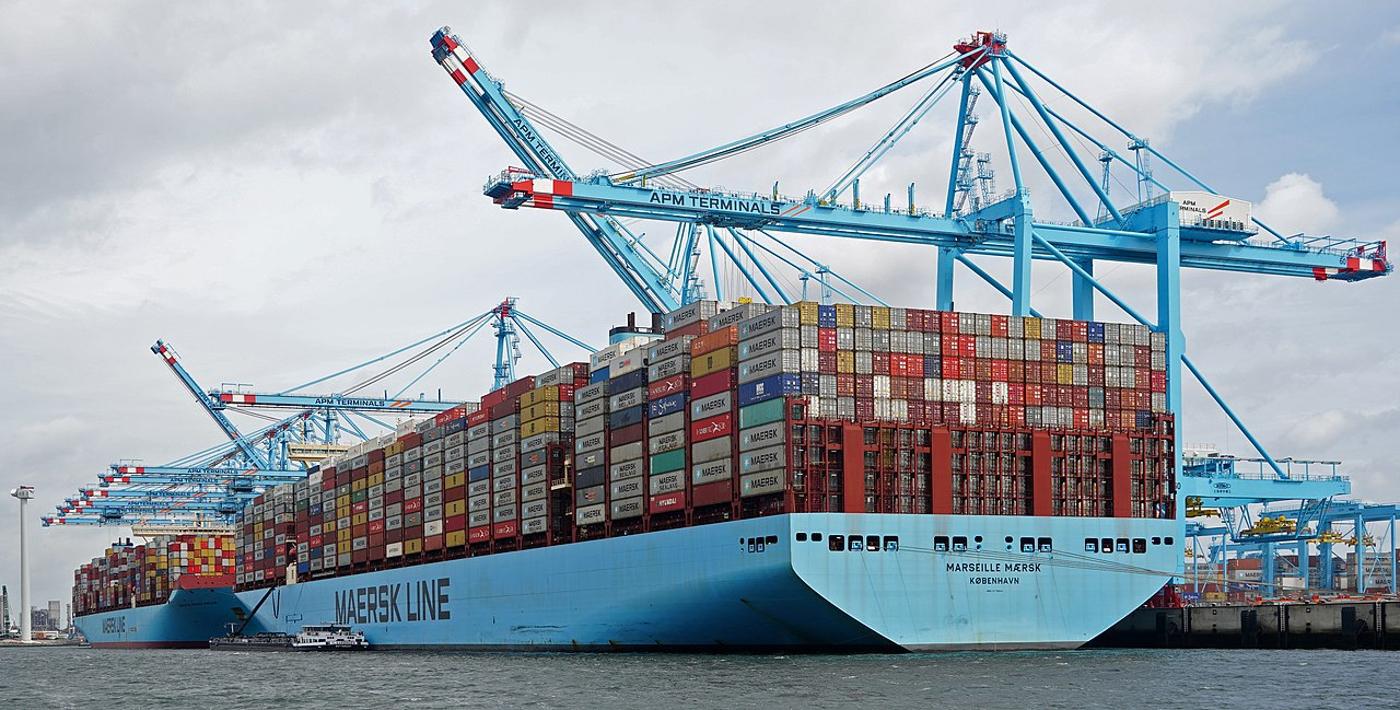
The Llod’s of London maritime insurance agency’s chairman Bruce Carnegie-Brown told Business Insider,”The tragedy has the capacity to become the largest single marine insurance loss ever.”
While they haven’t calculated the exact numbers yet, insurance experts estimate that the ship alone with its cargo would have been at least $91.2 million, repair costs of the bridge are likely going to cost $28 millions, and they say the salvage will be another $19.5 million. In addition to settlements for the families of the deceased and various other lawsuits, it could add up to billions.
Insurance Industry Reactions
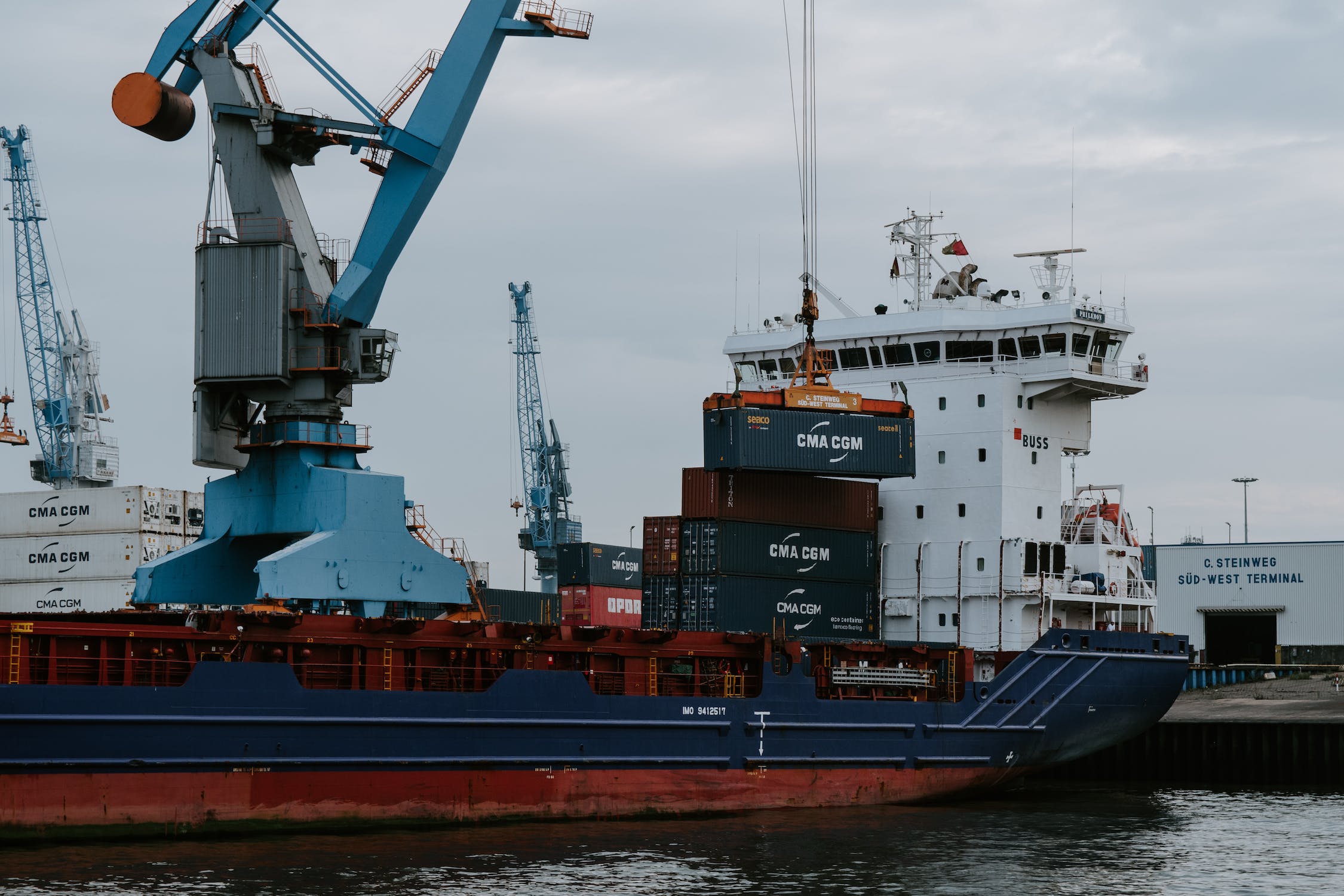
The maritime insurance industry is bracing for significant impacts from the Baltimore incident.
Insurers are reassessing risk assessments and policy premiums for large cargo ships, which could lead to increased costs for shipping companies (via Commerical Risk). This recalibration reflects the growing financial stakes and liabilities in modern maritime operations.
Finding a Law From the 1800s That Will Save the Companies Hundreds of Millions of Dollars

If both companies, that which owns the freight and the other that operates it, can establish they were in no way at fault for the accident, they could capitalize on a law from 1851 that will save them the vast majority of the extensive fines.
The law in question is called the 1851 Limitation of Liability Act and it states that, in any maritime catastrophe, there is a cap to the amount of damage claims that can be filed.
Understanding This Old Law
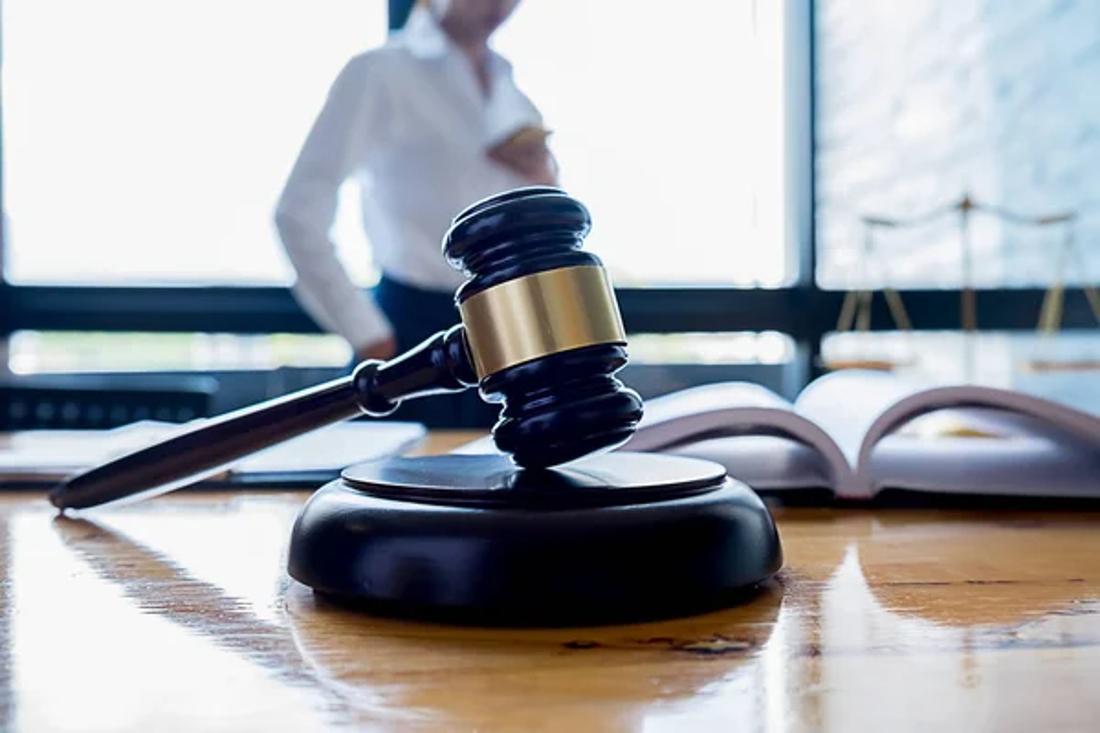
Professor and expert in maritime law at the University of Texas at Austin’s School of Law, Michael Sturley, explained, “In essence, it’s treated as though the ship itself is its own one-ship corporation. So you’re, in essence, saying, take all the assets of this one ship corporation and use those to pay the claims.”
Sturley also said, “The chances of their filing a limitation action are somewhere north of 99.99%. If they’re fully successful, it will cap how much they have to pay in damages.”
Future of the Limitation of Liability Act

The ongoing debate in Congress about the Limitation of Liability Act is gaining momentum, driven by recent maritime disasters.
Lawmakers are under pressure to revise or repeal outdated provisions to ensure fair compensation for victims and to hold large shipping corporations accountable.
Technological Solutions to Prevent Future Disasters
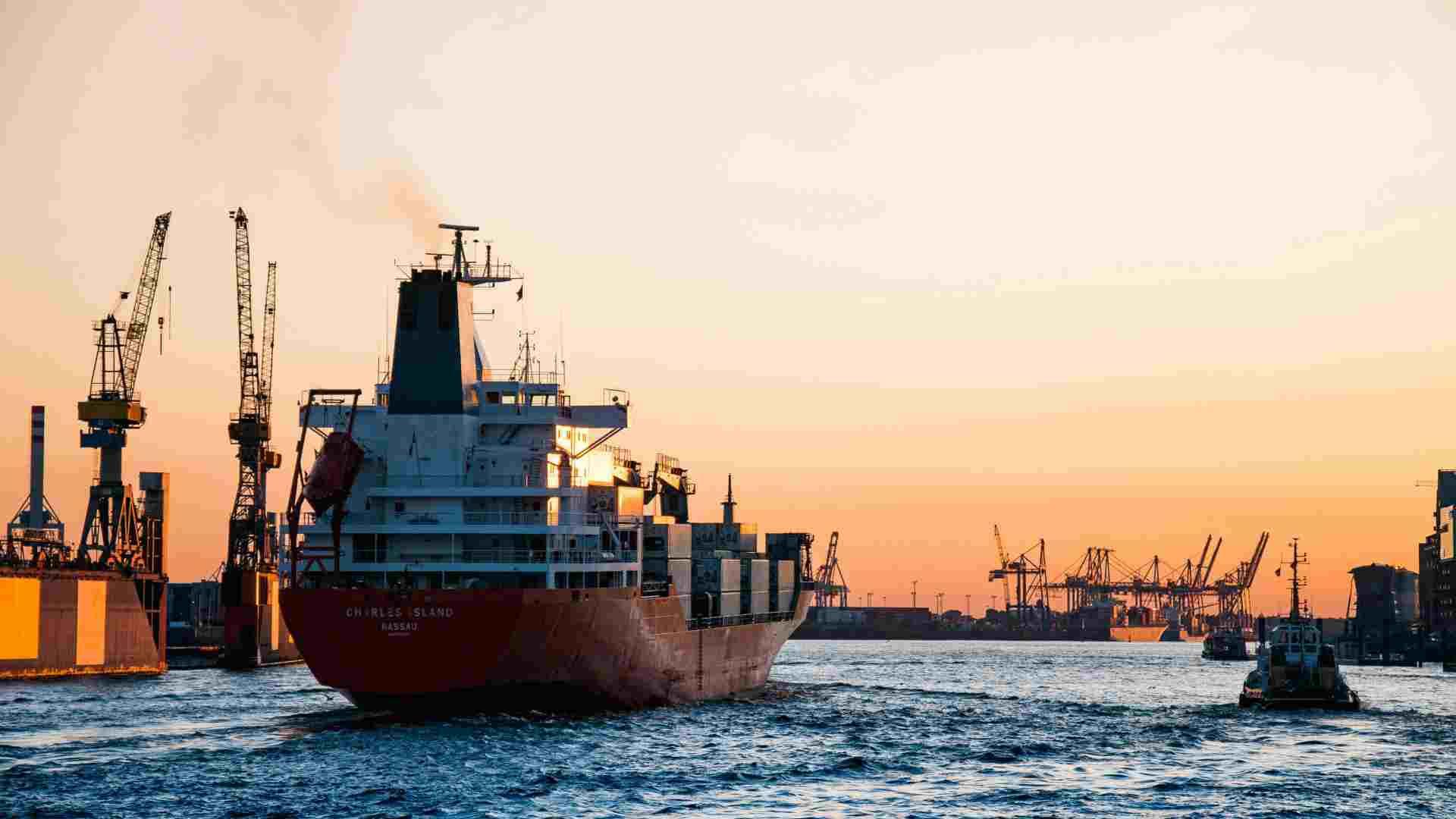
Emerging technologies offer promising solutions to enhance maritime safety. Innovations like AI-driven navigation systems and real-time monitoring can potentially help prevent incidents like the Dali crash.
Investing in these technologies could revolutionize safety protocols in the shipping industry.
How Much Will They Have to Pay With This Law in Place?

If the US Supreme Court does approve the companies’ applications for the historic but important maritime law, they will save hundreds of millions of dollars.
There’s no way to say for sure just yet, but experts in the field believe they may have to pay as little as $43.7 million.
Economic Impact on the Shipping Industry

The financial repercussions of the Baltimore bridge disaster are reverberating through the global shipping industry.
Companies are facing increased scrutiny, which may lead to higher operational costs and stricter regulatory compliance. However, it’s clear that there is a need for more robust risk management strategies in the sector.
Another Famous Ship Also Benefited From the 1851 Limitation of Liability Act
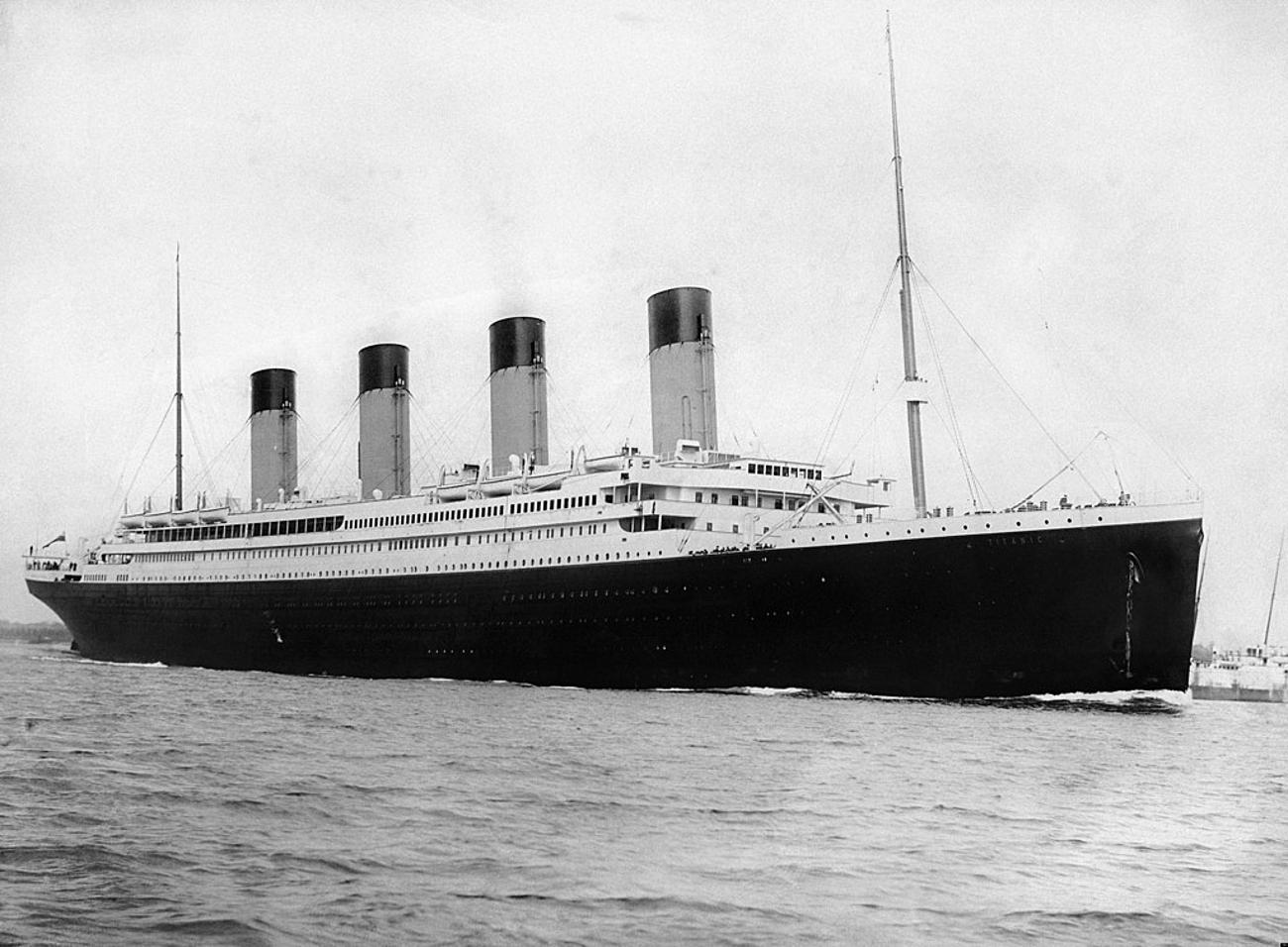
Almost no one has ever heard of this historic law; however there was one famous ship that did benefit from the 1851 Limitation of Liability Act.
After the great Titanic crashed into an iceberg and sank deep below the Atlantic Ocean in 1912, the White Star Liner applied for the limitation and won in the US Supreme Court and won.
Memorial Services and Tributes

The community has come together to honor the lives lost in the tragic bridge collapse. Memorial services and public tributes reflect the profound impact of the disaster on Baltimore and show the human cost of such catastrophic events.
These gatherings also serve as a call for stronger safety measures.
It Will Take Months to Figure This Complicated Mess Out
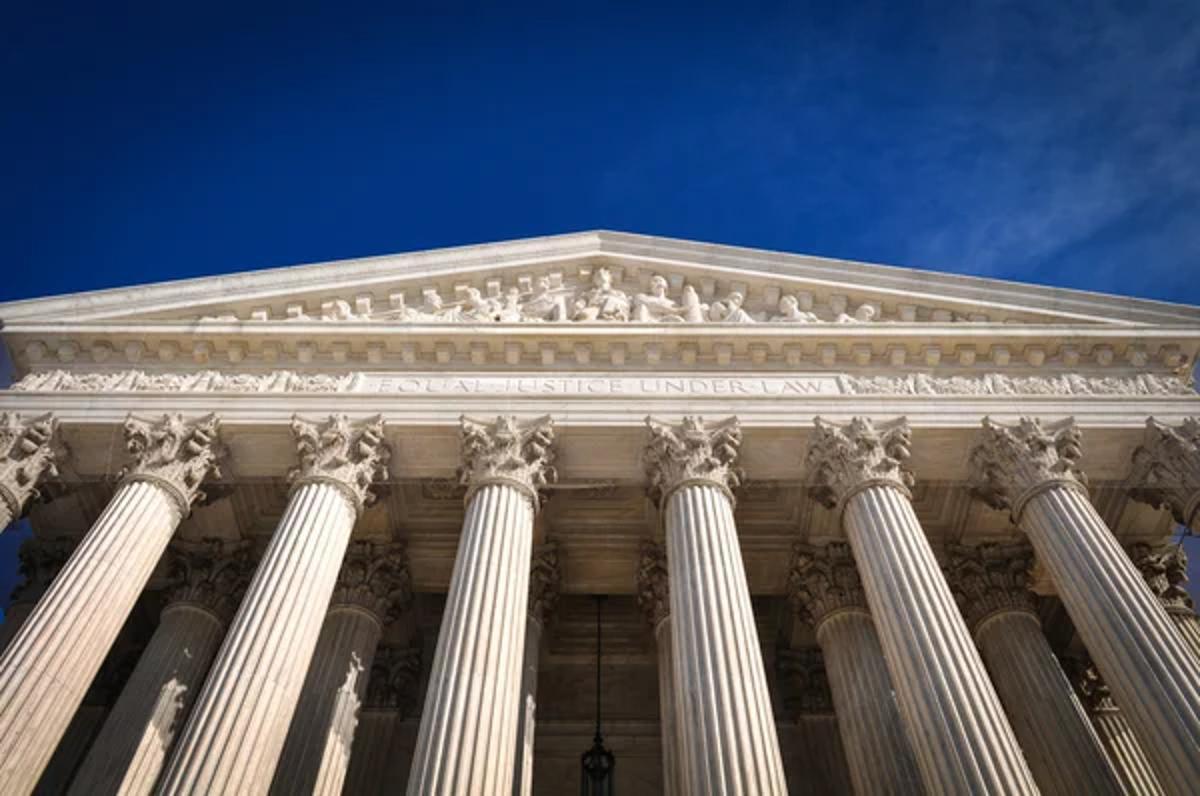
While this historic law is not often evoked, it’s even less frequently approved. Therefore, even though Grace Ocean and Synergy Energy will almost certainly apply, it’s far less likely that they’ll get it.
And realistically, between the many investigations, the insurance claims, the lawsuits, and the application for the limitations act, figuring out this mess will take months, if not years.
Call to Action: Advocacy and Legal Reform
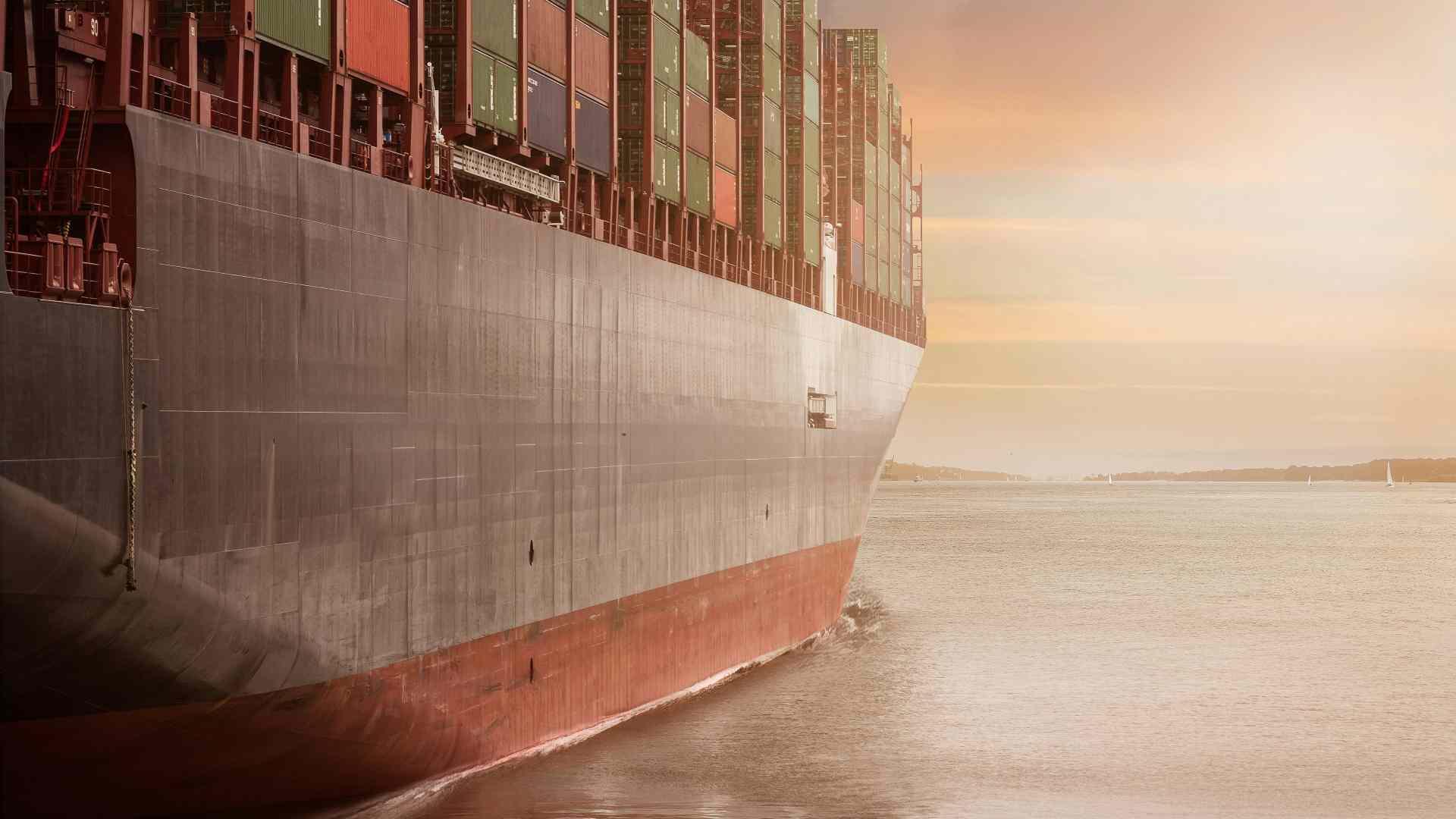
This disaster serves as a critical wake-up call for advocacy and legal reform in maritime law.
Those involved are encouraged to support initiatives aimed at reforming outdated laws like the Limitation of Liability Act, ensuring such tragedies are not minimized by legal loopholes in the future.
